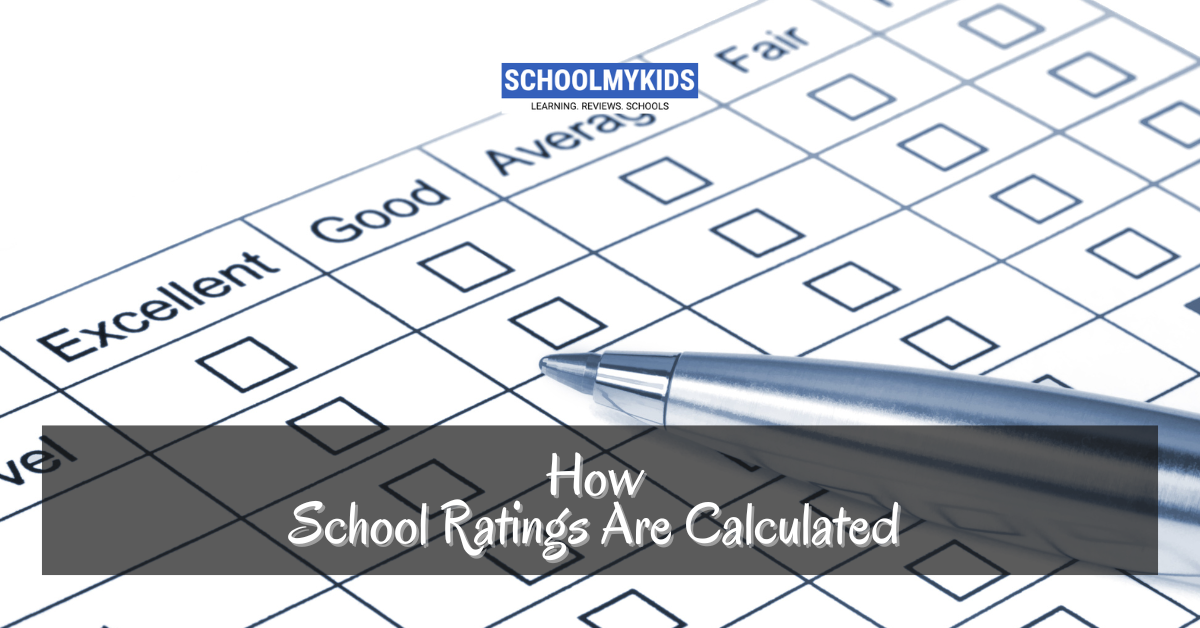School ratings play a crucial role in shaping perceptions about educational institutions. They influence parental choices, real estate values, and funding decisions. Understanding how these ratings are calculated can demystify the process and highlight what factors are deemed important in evaluating school performance.
Overview of School Ratings
School ratings typically aim to provide a snapshot of a school’s overall performance. These ratings are often published by government agencies, independent organizations, and educational websites. They combine various data points to create a comprehensive view of a school’s effectiveness.
Key Factors in School Ratings
- Academic Performance:
- Standardized Test Scores: These scores are a primary metric, reflecting student achievement in core subjects like math, reading, and science. Schools with higher average scores often receive better ratings.
- Graduation Rates: The percentage of students who successfully complete their high school education is a crucial indicator of a school’s ability to retain and educate its students.
- College Readiness: This includes metrics like SAT/ACT scores and Advanced Placement (AP) course participation, indicating how well a school prepares students for post-secondary education.
- Student Growth:
- Progress Over Time: Rather than just looking at absolute test scores, some rating systems consider how much progress students make year-over-year, offering a more nuanced view of a school’s impact on learning.
- Equity:
- Achievement Gaps: Ratings often examine disparities in performance among different student groups, such as those based on race, socioeconomic status, or special education needs. Schools are assessed on their ability to provide equitable education to all students.
- Support for Low-Income and Minority Students: Metrics may include the percentage of students from disadvantaged backgrounds who meet academic benchmarks.
- School Environment:
- Attendance Rates: Regular attendance is crucial for academic success, so higher rates can positively influence a school’s rating.
- Discipline and Safety: Incidents of bullying, violence, or other safety concerns can negatively impact a school’s rating.
- Parental and Student Surveys:
- Satisfaction and Engagement: Feedback from parents and students about their experiences can provide valuable insights into the school environment, teacher effectiveness, and overall satisfaction.
- Resources and Funding:
- Per-Pupil Spending: The amount of money spent per student is often considered, as it reflects the resources available for educational programs, technology, and extracurricular activities.
- Teacher Quality: Factors such as teacher credentials, years of experience, and student-to-teacher ratios are important indicators of instructional quality.
Different Rating Systems
Various organizations use different methodologies for calculating school ratings, which can lead to variations in results:
- State Departments of Education: Each state in the U.S. has its own accountability system, often based on federal guidelines but tailored to local priorities. These systems usually emphasize standardized test scores and graduation rates.
- Independent Rating Organizations: Websites like GreatSchools and Niche offer ratings that incorporate both quantitative data and user reviews. Their methodologies might include factors like parent feedback and college readiness scores.
- Media Outlets: Publications like U.S. News & World Report publish annual rankings based on a combination of public data and proprietary analysis, focusing on academic performance, graduation rates, and college readiness.
Challenges and Criticisms
While school ratings provide valuable information, they are not without criticism:
- Overemphasis on Test Scores: Critics argue that an overreliance on standardized test scores can narrow the curriculum, encouraging “teaching to the test” rather than fostering a well-rounded education.
- Contextual Factors: Ratings may not fully account for socioeconomic and demographic factors that impact student performance, potentially penalizing schools in disadvantaged areas.
- Data Accuracy and Timeliness: Some ratings rely on outdated or incomplete data, which can misrepresent a school’s current status.
- Subjectivity in Surveys: While surveys provide qualitative insights, they can be subjective and influenced by individual experiences, potentially skewing results.
Conclusion
Understanding how school ratings are calculated can help stakeholders make informed decisions and advocate for improvements. While they offer valuable insights, it’s essential to view them as one of many tools for evaluating school performance. A holistic approach that considers multiple data points, local context, and qualitative feedback is vital for a comprehensive assessment of educational quality.








Be the first one to comment on this story.